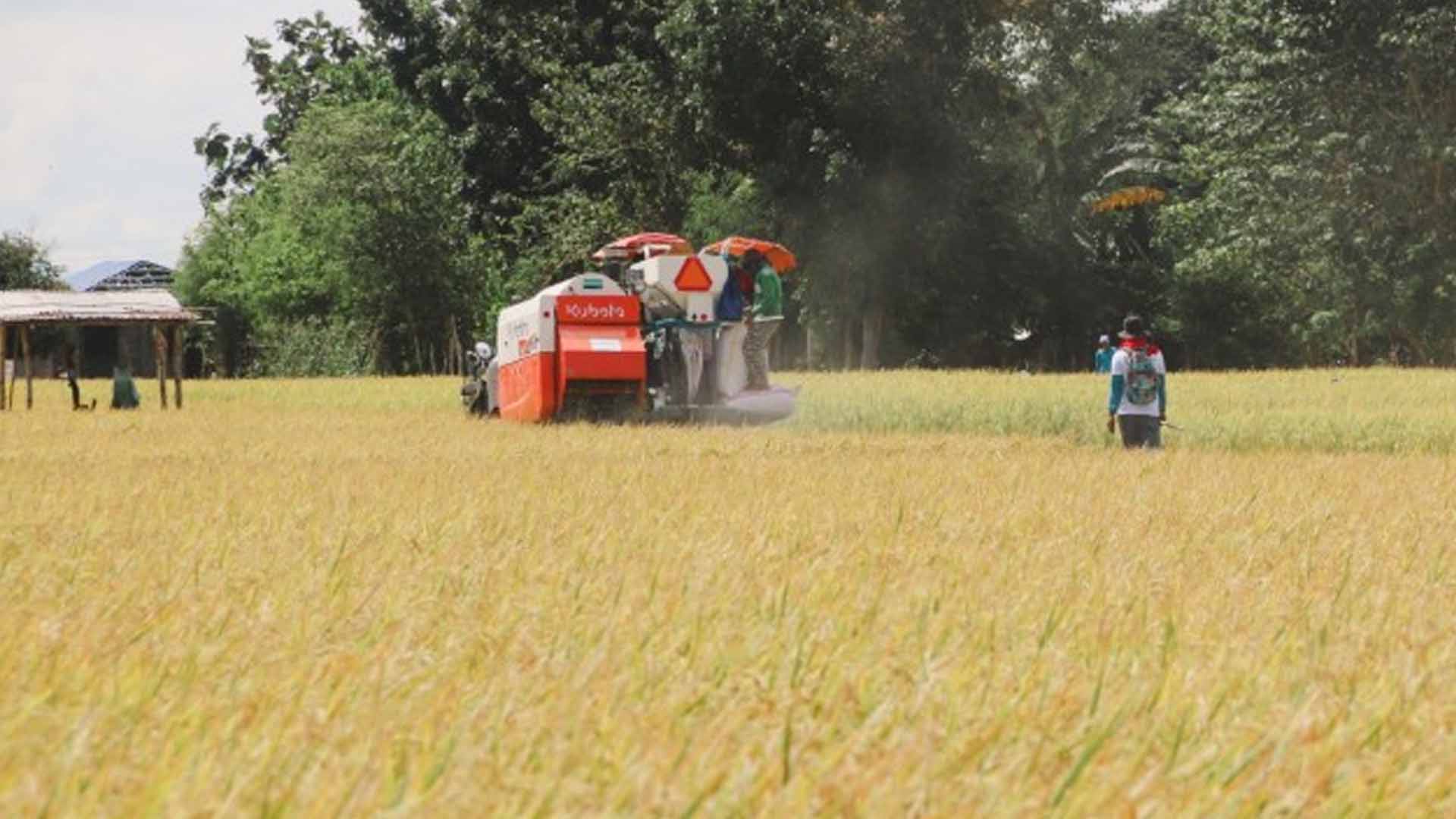The early harvest of palay (unhusked rice) planted during the wet cropping season will give a boost to rice supply and stabilize the retail prices of the staple, Malacañang said Thursday.
In a statement, Communications Secretary Cheloy Garafil said the initial harvest of palay will commence in Isabela, Nueva Ecija and North Cotabato provinces by last week of August until September.
Citing the report from Agriculture Undersecretary for Rice Industry Development Leocadio Sebastian, Garafil said the palay harvest output is estimated at 900,000 metric tons (MT).
“Farmers in these provinces were able to plant early in May, or four months ago, earlier than when the counterparts from other rice-producing areas in terms of harvest operations started planting,” Garafil said.
In his report, Sebastian said palay harvest, which will peak in late September to October 2023, will contribute largely to the country’s production in July to December in the same year pegged at about 11.5 million metric tons (MMT).
“Barring strong typhoons in the coming months that may adversely affect Central and Northern Luzon, we are aiming to harvest up to 11.5 MMT in the second semester of the year. This would breach the 20 [MMT] total national palay production, making it a record, being the highest in the country’s history,” he said.
Based on the data from the Philippine Statistics Authority (PSA), the national palay output from January to June 2023 rose to 9.02 MMT, 3.4 percent more than the 8.7 MMT production for the same period in 2022 and in 2021.
“Riding on the momentum of a potential bumper 2023 palay harvest, we at the Department of Agriculture will continue to provide rice farmers with needed high-yielding seeds, fertilizers, biofertilizers, soil ameliorants, farm machinery, and extension support, this coming 2023-2024 dry season, under the Masagana Rice Industry Development Program (MRIDP),” Sebastian said.
Sebastian also added that the DA’s attached agencies will partner with the local government units (LGUs), the Department of Agrarian Reform (DAR), the Development Bank of the Philippines (DBP), LandBank of the Philippines, the Philippine Crop Insurance Corporation (PCIC) and the private sector for clustering farms covered by the MRIDP.
He said the partnership will be led by the DA’s regional field offices, the National Irrigation Administration; the Philippine Rice Research Institute; the Philippine Center for Postharvest Development and Mechanization; Agricultural Training Institute; Agricultural Credit Policy Council; and Bureau of Soils and Water Management.
The clustered farms, he said, are tilled by the Irrigators’ Associations; Farmers’ Cooperatives and Associations; Agrarian Reform Beneficiaries Organizations; and Small Water Irrigation System Associations.
“Starting the next dry season, or in November this year, the DA through the MRIDP will focus on fully irrigated clustered farms to optimize palay yield, where farmers would plant high-yielding hybrid rice varieties to at least one million hectares, and is expected to produce an average of seven to eight MT per hectare, for a total of 7 to 8 MMT,” Sebastian said.
On Tuesday, President Ferdinand R. Marcos Jr. instructed the National Food Authority to focus on the local production of rice to augment the country’s supply. (PNA)







